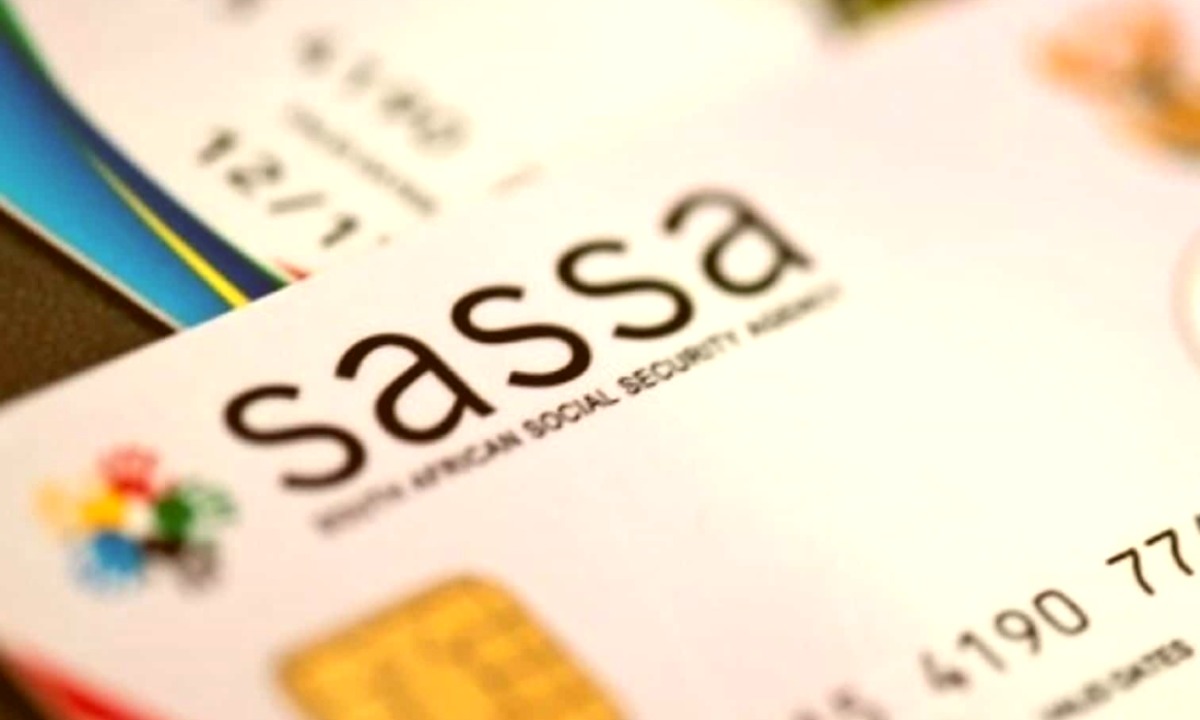The South African stock market, represented by the South Africa All Share Index (SAALL), serves as a barometer of the country’s economic performance. Over the years, this index has provided insights into investor confidence, corporate profitability, and macroeconomic conditions. With recent global events, changes in local policy, and rapid technology adoption across industries, the future of SAALL is a hot topic for investors, analysts, and the general public alike.
This article explores the future predictions of the SAALL with a beginner-friendly approach, making it accessible to anyone who is new to stock markets, especially in the South African context.
What Is the South Africa All Share Index (SAALL)?
The SAALL, also known as the JSE All Share Index, is the broadest index on the Johannesburg Stock Exchange (JSE). It tracks the performance of all listed companies on the JSE’s main board, offering a comprehensive overview of the South African equity market. This includes large-cap companies like Naspers, Sasol, and Standard Bank, among many others.
When the SAALL rises, it typically means that most of the companies on the JSE are performing well, reflecting growth in corporate earnings and investor optimism. Conversely, when the index declines, it may signal economic concerns or declining corporate performance.
Factors Affecting the SAALL
Before predicting future trends, it’s crucial to understand what factors influence the SAALL:
1. Economic Growth
South Africa’s GDP growth directly affects the SAALL. Higher GDP growth often leads to higher corporate profits, which in turn drive up share prices.
2. Inflation and Interest Rates
The South African Reserve Bank (SARB) adjusts interest rates to control inflation. Higher interest rates can dampen investment and reduce borrowing, often leading to lower stock market returns. Conversely, lower rates can stimulate investment and spending.
3. Commodity Prices
South Africa is a major exporter of commodities like gold, platinum, and coal. Fluctuations in commodity prices directly impact mining stocks, which form a significant part of the SAALL.
4. Political Stability and Policy
Investors seek stability. Political uncertainty, regulatory changes, or corruption scandals can shake investor confidence and lead to market volatility.
5. Global Market Trends
Global financial trends, such as the performance of US and Chinese markets, also influence the SAALL. For instance, when global markets perform well, investors may be more willing to take risks in emerging markets like South Africa.
6. Currency Strength
The rand’s strength against major currencies like the US dollar affects multinational companies listed on the JSE. A weaker rand can boost earnings for exporters but hurt importers.
SAALL Recent Trends and Performance
As of 2024, the SAALL has shown signs of resilience, recovering from the effects of the COVID-19 pandemic and global inflationary pressures. With inflation easing globally and interest rates potentially peaking, investor sentiment has turned cautiously optimistic.
South African sectors such as finance, retail, and mining have all experienced mixed results, but overall, there’s been a slow upward trend in the index. Several analysts believe that the market is now entering a consolidation phase before a more sustained growth period.
Predictions for the Future: 2025 and Beyond
Based on current data and economic projections, here are several informed predictions for the SAALL:
1. Gradual Upward Trend (2025–2027)
- Why? The South African economy is expected to grow moderately, helped by reforms in energy, infrastructure, and logistics.
- Sector Focus: Financials and mining may lead the gains, while retail could lag due to persistent consumer pressure.
- Forecasted Range: Analysts predict that the SAALL could grow by 6–8% annually over the next two years, assuming stable conditions.
2. Tech Sector Expansion
While South Africa doesn’t have a massive tech industry compared to developed countries, companies like Naspers (which owns a stake in China’s Tencent) provide some exposure. Expect further tech integration and possible listings of local startups to slowly reshape the SAALL.
- Why It Matters: As the country improves internet access and digital services, tech will play a larger economic role.
3. Green Energy and ESG Investments
Environmental, social, and governance (ESG) investing is gaining traction. Investors are shifting toward companies with strong ESG practices, particularly in energy, mining, and manufacturing.
- Impact on SAALL: Companies that embrace sustainable practices are likely to perform better and attract both local and foreign investment.
4. Risks of Political Uncertainty and Load Shedding
South Africa’s persistent power issues and political instability remain major concerns. If reforms stall or Eskom’s issues worsen, investor sentiment could decline rapidly.
- Mitigation Strategies: The government has started allowing private power generation, which could reduce these risks in the long term.
5. Global Risk Sensitivity
The SAALL is sensitive to global market movements, especially the US Fed’s policy and China’s economic performance. Any global downturn or crisis can cause the index to drop.
- Investor Tip: Stay updated with international news even when investing locally.
How Beginner Investors in South Africa Can Use This Information
If you’re new to investing and want to take advantage of SAALL’s future potential, here are some steps:
1. Start with Exchange-Traded Funds (ETFs)
ETFs like the Satrix ALSI ETF or the CoreShares Top 50 ETF track the SAALL and allow investors to own a basket of stocks with lower risk. These are ideal for beginners.
2. Diversify
Avoid putting all your money in one sector. The SAALL is diverse, so spread your investment across mining, banking, retail, and tech.
3. Invest Regularly
Set up a monthly debit order to buy ETFs or shares. This helps you benefit from “rand-cost averaging” and reduces the impact of market volatility.
4. Follow SARB and JSE News
Keep an eye on announcements from the South African Reserve Bank, as well as company earnings reports from JSE-listed firms.
5. Use Local Brokers
Platforms like EasyEquities, FNB Share Builder, or Standard Bank Online Share Trading make investing in the SAALL accessible for South Africans with little capital.
South Africa’s Unique Position in the Global Market
South Africa is classified as an emerging market, yet it has a highly developed financial sector and a well-established stock exchange in the JSE. This dual identity makes the SAALL an interesting investment destination.
In addition, South Africa has deep capital markets, strong corporate governance rules, and a growing focus on environmental and social issues. These features make its stock market relatively attractive to long-term investors.
Conclusion: What Does the Future Hold?
The future of the SAALL looks cautiously optimistic. While it faces challenges like slow GDP growth, political uncertainty, and infrastructure problems, there are also strong fundamentals. Reform in the energy sector, better governance, and rising global interest in sustainable and emerging market investments all suggest that the SAALL could perform steadily over the next few years.
For South African investors, the key is to stay informed, remain diversified, and take a long-term view. The SAALL may not offer explosive returns like tech-heavy US markets, but it provides stable growth with the potential for significant returns if you invest wisely.
Investing in the SAALL can be one of the smartest financial moves for beginners, especially in South Africa’s context. With the right tools and consistent learning, you can participate in the growth of the country’s economy and benefit from it in the years to come.





